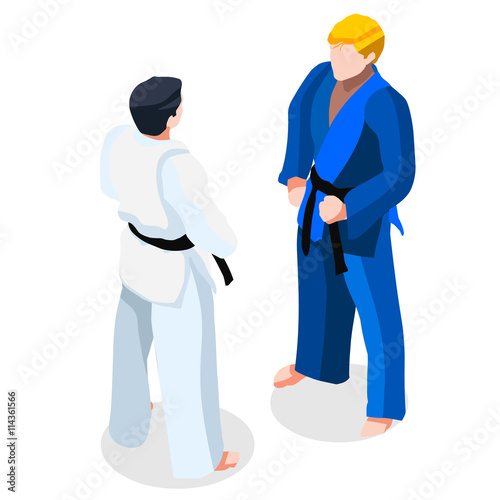Exploring The Differences In Between Traditional Martial Arts And Contemporary Combat Sports
Exploring The Differences In Between Traditional Martial Arts And Contemporary Combat Sports
Blog Article
Web Content Composed By-Kok Brady
When you think of martial arts, do you lean a lot more towards the traditional techniques or the modern-day combat sports? Each path uses distinct advantages and experiences, shaped by their approaches and training methods. Typical martial arts emphasize personal growth and self-control, while modern fight sporting activities focus on competitors and efficiency. Understanding these distinctions can direct you in picking the ideal method for your trip. But exactly how do these differences materialize in training and philosophy?
The Viewpoint and Background Behind Traditional Martial arts
While many people associate martial arts with physical battle, the viewpoint and background behind traditional martial arts run much deeper. You'll discover that these techniques emphasize individual development, technique, and regard.
Originating from old methods, traditional martial arts were usually established for Self-Defense and spiritual growth. They personify concepts such as balance, consistency, and self-control, guiding experts past mere battling skills.
As you train, you'll not only learn strategies however likewise gain insights into the society and worths that shaped these arts. The rituals and practices, typically passed down via generations, foster a sense of community and belonging.
The Competitive Nature of Modern Combat Sports
Modern battle sports have transformed the landscape of martial arts right into a highly competitive field, where athletes challenge in an examination of skill, strategy, and endurance.
You'll observe that competitions are commonly arranged with stringent regulations and regulations, ensuring fair play and security. These occasions draw in huge audiences, fueling the excitement and strength of competitions.
Athletes train carefully, not just for physical prowess yet also for mental durability, recognizing that every information counts in the ring. The adrenaline rush throughout competitions is apparent, as competitors push their limits to declare triumph.
Fans value the athleticism and virtuosity included, making modern battle sports a thrilling phenomenon that remains to evolve and astound lovers worldwide.
Training Methods and Methods: A Relative Analysis
The affordable environment of modern combat sports needs cutting-edge training approaches that vary dramatically from standard martial arts.
In modern training, you'll focus on details strategies, sparring, and conditioning, often using drills that simulate genuine battle situations. You'll see an emphasis on measurable performance and frequent competitors to examine your skills.
In contrast, traditional martial arts prioritize types, katas, and philosophical teachings, often highlighting self-control and regard over competitors.
Training is generally much less extreme and may include repeated method instead of real-time sparring.
While both approaches develop ability and fitness, modern-day battle sporting activities provide an extra vibrant and versatile training environment, preparing you for instant obstacles in the ring or cage.
Choose https://geekculture.co/a-new-karate-kid-movie-is-making-its-way-to-the-dojo-in-2024/ that aligns with your goals and rate of interests.
Final thought
In picking in between traditional martial arts and modern-day fight sports, it actually comes down to what you value most. If martial arts for older people searching for individual development, technique, and a sense of neighborhood, standard arts may be your best fit. But if you prosper on competitors and real-time difficulties, modern combat sporting activities could be the means to go. Ultimately, both paths supply one-of-a-kind benefits, so it's everything about straightening your training with your personal goals and rate of interests.
